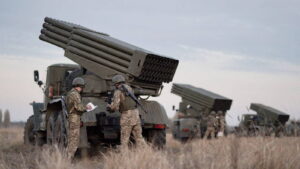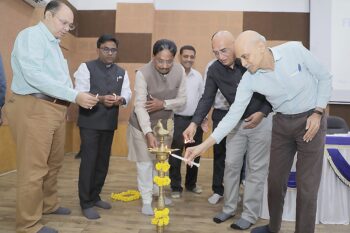Recurring Land Slide and Flood-Damage in hill states: Need for long term solutions: President Emeritus IRF

New Delhi, The recent incidents of landslides, cloudburst, flooding and falling rocks in the hill states of Himachal Pradesh, Uttarakhand and Jammu & Kashmir resulting in heavy loss of life and property has once again put the spotlight on the need of early detection, warning, prevention systems and adopting time tested sustainable solutions including Zoning maps of landslides, floodplain mapping and taking flood proofing measures.
It’s high time that we used tested sustainable solutions and ecologically proven techniques for avoiding flood related disaster each year and also turn to apt investigative tools in determining causes for failure each year . Depending on the causes, proven technologies that meet specific needs have to be adopted so that the hill states that have borders with other countries has all weather roads and sustainable infrastructure.
India accounts for about 18 per cent of the total global fatalities due to landslides in the hills. Uttarakhand, Himachal Pradesh, J & K and Ladakh account for more than 65 per cent of landslide are in the country followed by the Northeast Himalayas and Western Ghats.
Worldwide to avoid loss of human life and damage to infrastructure Flood-plain Mapping Programs and zoning of landslide and rock fall prone areas are carried out. This is to generate and provide information to help minimize damage in flood, land slide and rock fall prone areas. With the help of floodplain mapping, zoning of landslide and rock fall prone areas impact of damage to humans and property can be minimized by not allowing habitation and development in these areas.
Traditionally, natural events like rainfall and earthquake are known to cause this large movement of rock, soil and debris, but construction of roads and buildings, mining and hydropower projects are now increasingly destabilising slopes, making them more susceptible to slippage. Similarly for all season sustainable roads and infrastructure in the hill states in the aftermath of the natural disaster, there is a need to use non-destructive and least invasive techniques to build roads in the hill states.
The Geological Survey of India (GSI) is presently working on a national landslide susceptibility map under which areas are divided into different zones according to probability of a landslide. It has already covered 85 per cent of the entire 4.3 lakh sq km landslide-prone area of the country on a 1:50,000 scale map.
In the recent projects for four-laning and six-laning of roads undertaken by the National Highway Authority of India (NHAI), the hill cutting and widening works has been done using a combination of excavators, road headers and breakers.
This minimizes the extent of damage to the hill slopes and strata and in combination with remedial measures such as concreting with wire mesh and rock bolting, use of rock fall nets, concrete cladding, and most important proper diversion of surface runoff through catch drains, chutes and toe drains on berms stability has been provided to the slopes
Ideally the best way to develop roads in hills was through the use of tunnels and connecting viaducts. This minimized disturbance to the existing hill slopes. “One of the best examples is the Kalka-Shimla Heritage Rail the alignment of which comprises 103 tunnels crossing geologically weak strata.
Despite being over 100 years’ old, this rail line had been closed on rare occasions indicating the robustness of the alignment in penetrating slopes in geologically competent formations and tunneling when such formations are unavailable. However, the economics often restricts development of such costly but far more permanent solutions. Thus, it is time that we adopt alternative technologies for our structures.
Another area for adopting alternative technology was the use of emergency bridges like Acrow and bailey bridges where bridges are immediately required in Hill states after the damage .
Modern emergency bridges though costlier, give the advantage of two-lane traffic and allowing heavier loads that match permanent bridges designed for National Highway requirements and in an extremely short time frame, thereby giving early relief and restoring commercial activity which is very important in a state where tourism is an major facet of its economy. -BY MR K K KAPILA, PRESIDENT EMERITUS, INTERNATIONAL ROAD FEDERATION (IRF)




